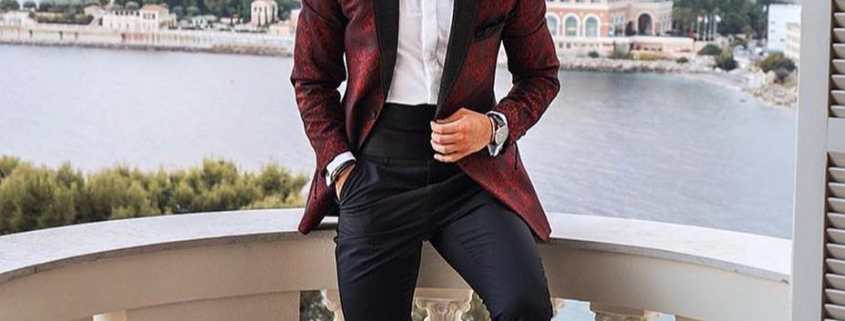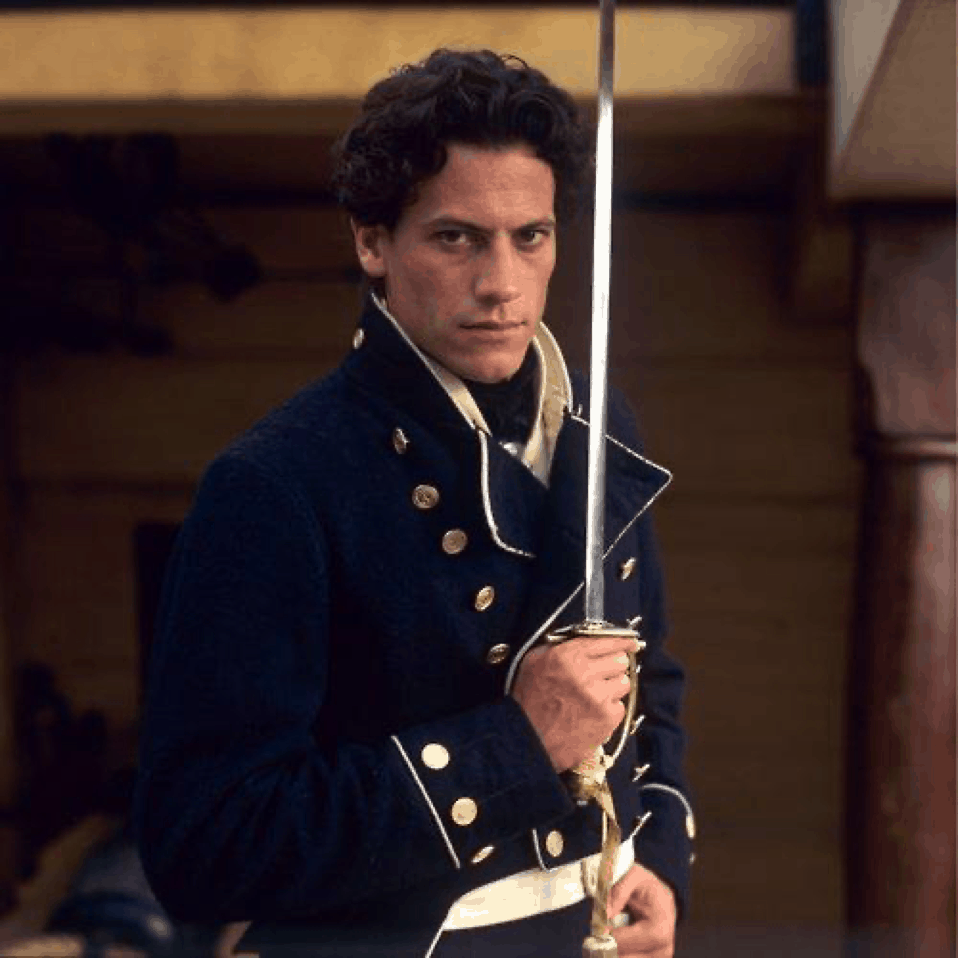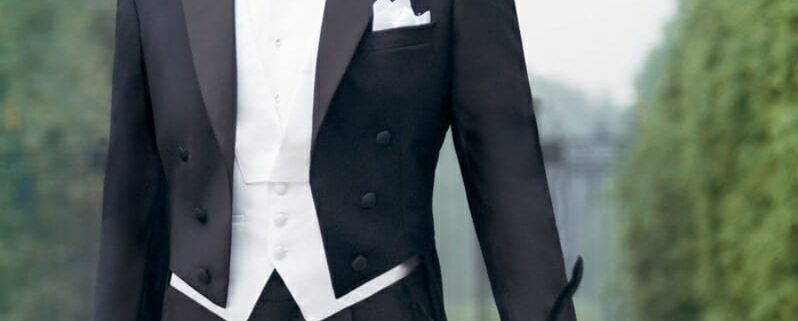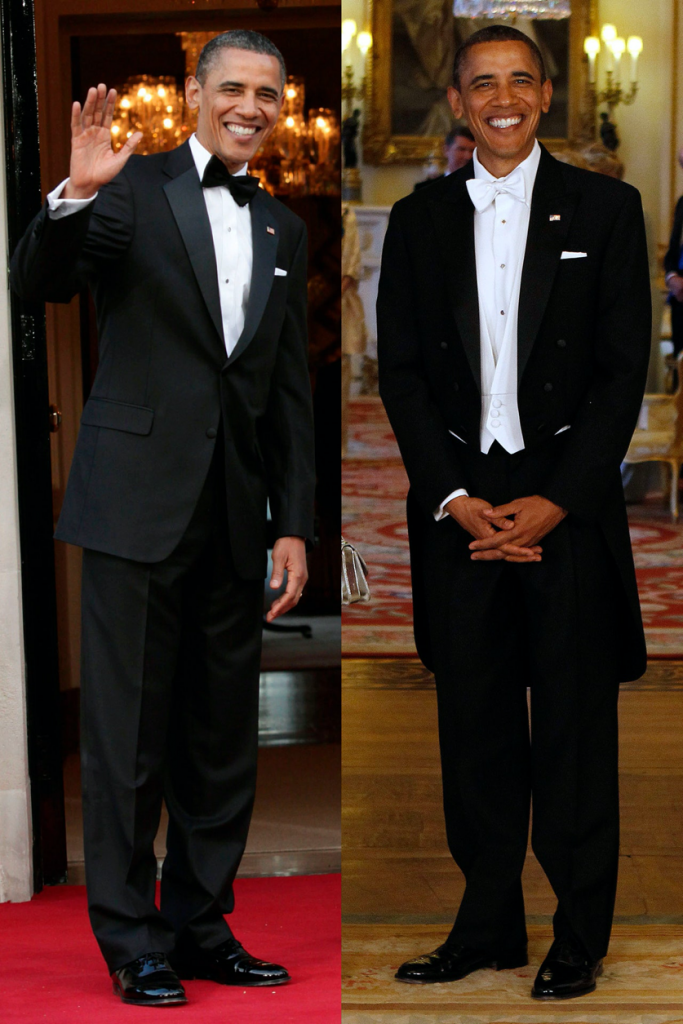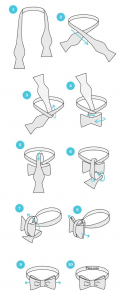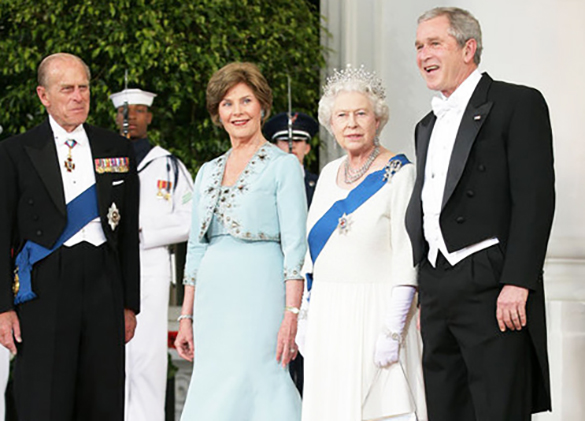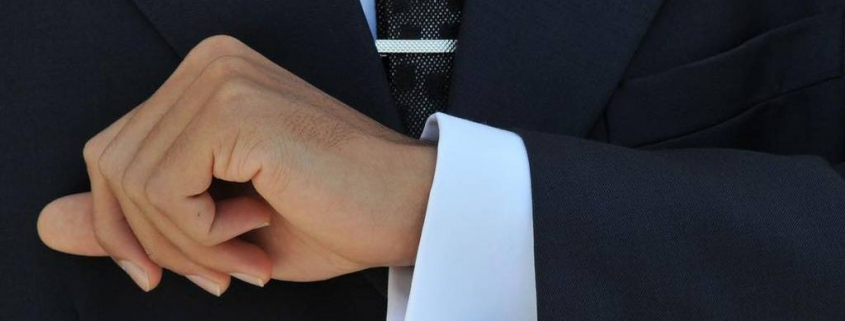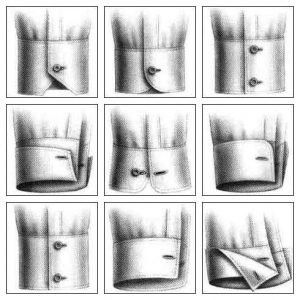Tuxedo - Black Tie - Smoking ....... Are you going to wear a watch? Or not wearing one? Will you or will you not? And why?
Soon the holidays will arrive, and you should think about it anyway.
This is a question I get asked on a regular basis. Therefore, in order to clear up the confusion, and to separate assumptions from facts...
Let's look at the arguments! Because in the past, it really wasn't possible. And in some environments, it still isn't possible.
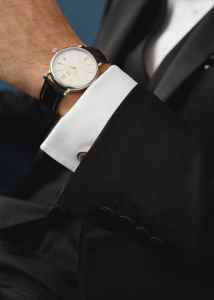
- It does not look like it! Since the dinner jacket or tuxedo is minimalist in style. Sleek and elegant, but sober. A watch takes the balance out of it, and makes the whole less stylish.
- Etiquette! Perhaps the most important argument! A wristwatch can send the signal to the host of the exclusive event you are attending that, no matter how much effort he or she puts into organising it, you are still losing track of time. This may be seen as disrespectful. Perhaps you have somewhere else to go? All your attention should go to the host or hostess, and the guests.
- You don't need a watch at all, as everyone has a smartphone nowadays anyway.
PROs:
- Well, sometimes you just want to know what time it is.
- You have a very beautiful watch and want to wear it.
- A wristwatch is still better than looking at your smartphone. It is simply less conspicuous to look discreetly at your wrist than to take your smartphone out of your pocket, lift the screen and look at the time display.
- Even contemporary style icons wear a watch on the red carpet. Not that this should be considered a true reference, but it does say something about today's prevailing standards.
- Mr. Alan Flusser, author of many iconic books and style manuals, wrote about which watch, and how to wear it with a dinner jacket. And his books are internationally regarded as the manuals of classic style and class.
However:
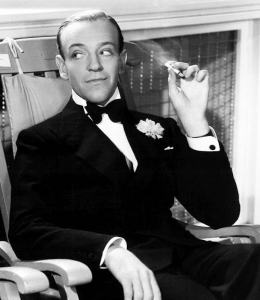
And I challenge you all to look more stylish than he ever did! Mr. B. James Bond,
Mr. 007, regarded by many, if not the majority, as an example of contemporary style and class, always wears a wristwatch. Even in combination with a dinner jacket. He even takes it a step further, as it is usually a fairly sturdy and heavy sports watch.
Oh well, as long as it's cinematic. When I myself attend an event, where dinner jacket or dinner jacket is desired or required, I can't help but notice that the rule of 'no watch with dinner jacket', can be considered quite dated. What you do yourself, you can of course distinguish. What is appropriate...'.
So, what now?
So now that we have established what is acceptable and what is not, more or less, it does not mean that we can just do whatever we want. If you still want to come across as stylish and classy, there are still rules that need to be followed. Or let's call it 'friendly advice'.
As a gentleman, or modern-day gentleman, we do follow these rules.....:
- Basic rule: If you have decided to wear a wristwatch, choose as formal a model as possible. If you are going to wear it to the beach or for mountain biking, for example, then definitely don't wear it at night!
- Aesthetics: Roman numerals in place of numbers are increasingly elegant and clearly more formal. The dial is simple, elegant, and not too conspicuous. And you certainly don't need chronographs, day-dates or other complicated world timers. On the other hand, you can still get away with a nice moon-phase display or complication.
- Always wear the wristwatch on the left wrist. In this way, it will not be visible when you greet someone and shake hands.
Your sleeve and cuff will creep up. - Ideally, a simple model. The smaller and less conspicuous it is, the more appropriate.
- If you really need to know the time, do it as inconspicuously as possible. Go to the toilets, or retreat to an empty hall or corridor, or go outside for a moment if you have the chance.
- Always do the cuff test first. Make sure the watch is not so big that it sits uncomfortably under the sleeve. Make sure it is worn as unnoticeably as possible.
- Make sure your watch has no audible alarms: no beeping or ringing. Let's not attract attention.
Especially not during a dinner, theatre performance or concert. - Let's avoid watches that glow in the dark. This can be considered distracting. And can be very distracting in the theatre, for example.
- Check the time as little as possible, and certainly not during a conversation. Then your watch is not worthy of a glance, out of respect for your conversation partner.
- If you do decide to wear a wristwatch, it should match your cufflinks and any shirt studs. Yellow gold with yellow gold, silver with silver, rose gold with rose gold. Absolutely no combinations or fantasies are allowed. We also adapt to the rings you wear, and/or the glasses frame even.
- If possible, wear a pocket watch, especially in the case of a skirt suit. It is considered a stylish accessory here.
- The watch strap is preferably black. Certainly not coloured, striking or flashy. However, with a dark blue tuxedo, a dark blue strap is also possible.
- Keep the strap buckle as simple as possible.
- If it looks good, it is good. I do take into account your good taste and at least a basic knowledge of vestimentary class.
Conclusion:
Yes, it is possible nowadays, especially if you use your common sense.
However, if you are very traditional,.... Then don't wear a wristwatch.
Raphaël van den Poel, former fashion consultant of Scapa, Reinhard Frans and Atelier NA tailored suits,
writes our weekly blog on gentleman matters. He writes for MYX Magazine, a Flemish luxury lifestyle platform.
He also has his own blog which you can read here: http://belgiandandy.blogspot.com

Raphaël van den Poel, The Belgian Dandy

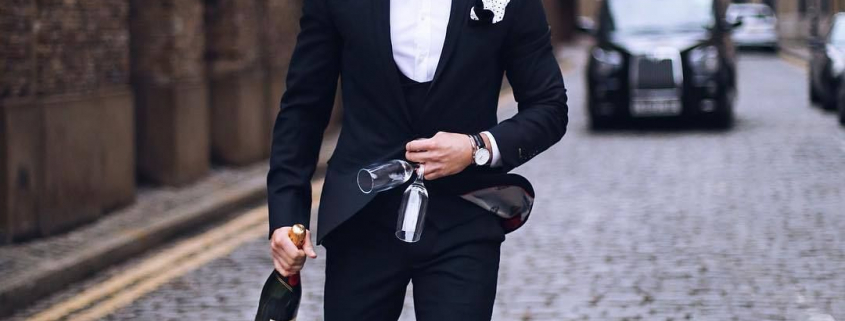
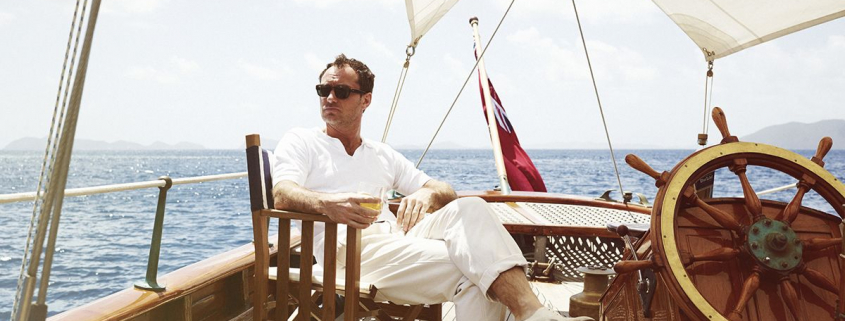

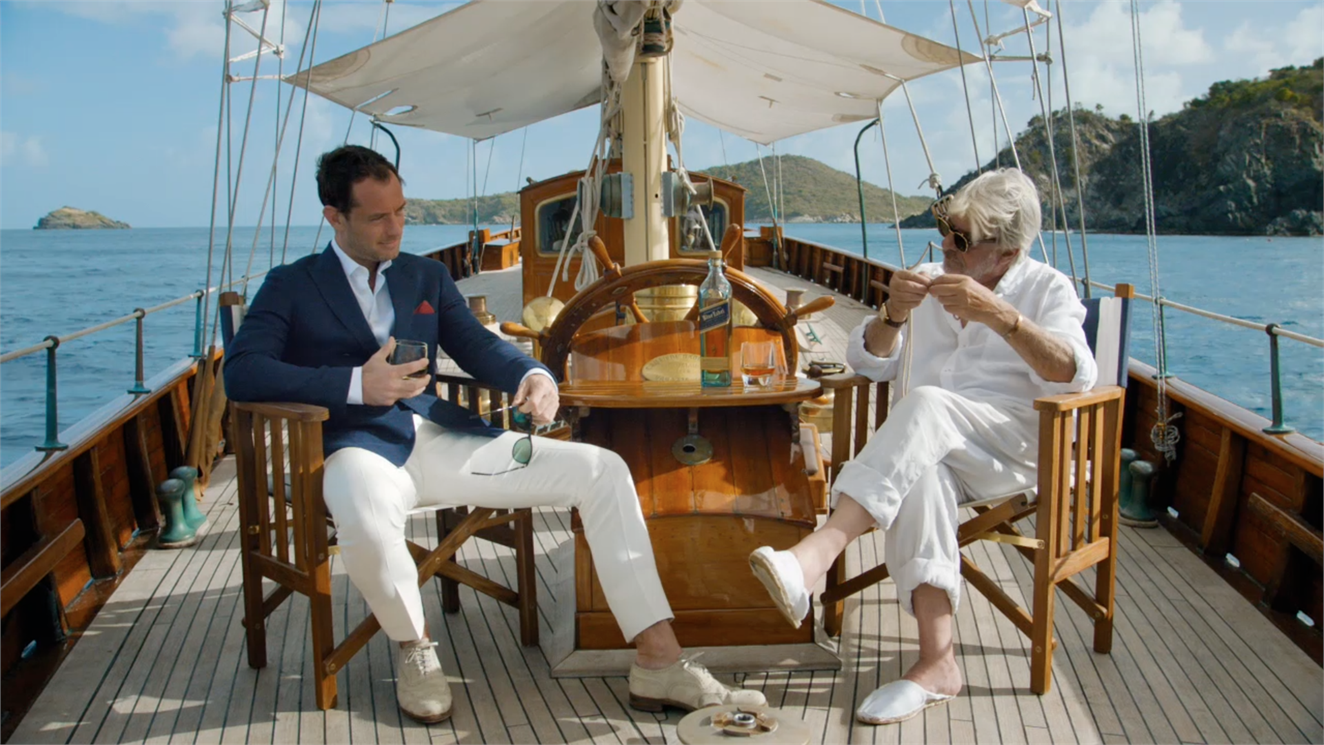


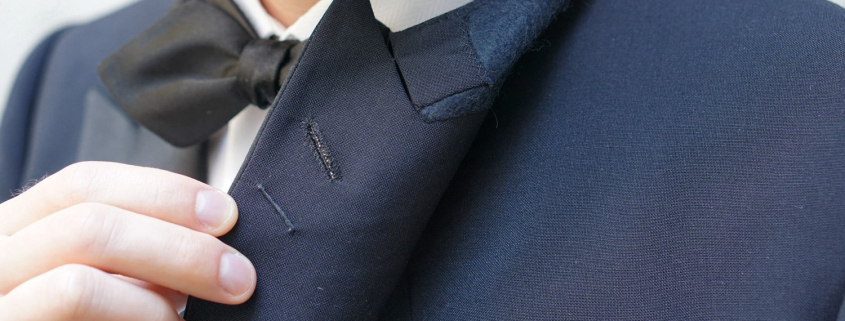
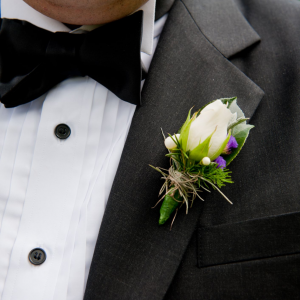 The flower loop (flower-loop in traditional English tailoring) is the loop at the back of the left reverie of the collar. Handmade, and formerly used to put the stem of the flower behind. The flower that was put through the buttonhole. Usually a carnation and for special occasions a rose of course! The boutonniere, or 'buttonhole' to which many people refer, is not really used to fold up the lapel and close it when it's raining or windy, but is purely a floral decoration element. One inserts a single flower or 'stud'.
The flower loop (flower-loop in traditional English tailoring) is the loop at the back of the left reverie of the collar. Handmade, and formerly used to put the stem of the flower behind. The flower that was put through the buttonhole. Usually a carnation and for special occasions a rose of course! The boutonniere, or 'buttonhole' to which many people refer, is not really used to fold up the lapel and close it when it's raining or windy, but is purely a floral decoration element. One inserts a single flower or 'stud'. 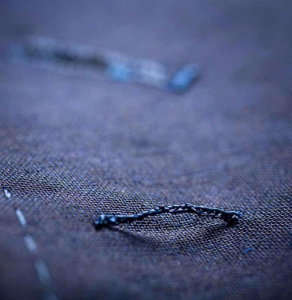 It also symbolises a certain tradition. And tradition, don't we love that as real gentlemen? Let's appreciate and cherish this little detail. And use it for its purpose, of course!
It also symbolises a certain tradition. And tradition, don't we love that as real gentlemen? Let's appreciate and cherish this little detail. And use it for its purpose, of course! 